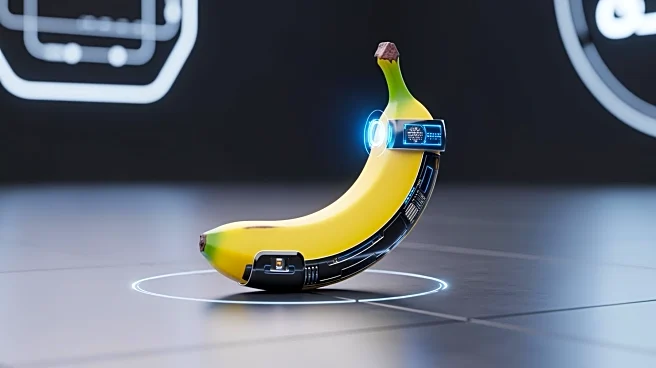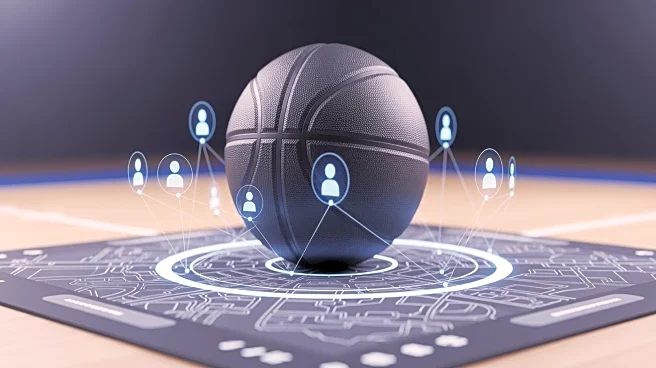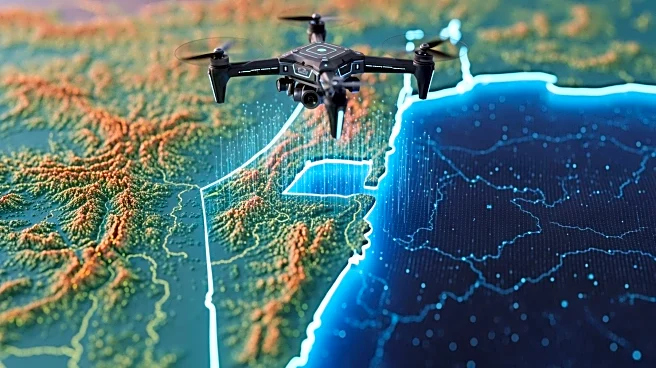What's Happening?
Nano Banana 2, a new image processing model, briefly appeared on Media.ai before being removed, with leaked samples showcasing its ability to remaster low-quality images and follow detailed text prompts. The model's preview generated significant interest
among creators and industry observers, highlighting its technical progress. The leaked visuals demonstrate Nano Banana 2's proficiency in interpreting natural prompts and accurately following instructions, particularly in text rendering and complex image editing tasks. This advancement suggests an increased level of embedded world knowledge, enhancing its application in fields like design, media production, and automated content workflows.
Why It's Important?
The capabilities of Nano Banana 2 have significant implications for industries reliant on rapid, high-quality visual content. Its ability to programmatically generate banners and social media visuals via API could lead to substantial efficiency gains for teams in design and media production. The model's proficiency in text rendering and instruction following addresses previous challenges faced by similar models, potentially revolutionizing automated content creation processes. As visual fidelity and instruction-following improve, the model's application could expand to new areas, driving innovation in creative and enterprise applications.
What's Next?
While the official release date for Nano Banana 2 remains unconfirmed, the pace of leaks and early access incidents suggests an imminent launch. This aligns with Google's strategy of iteratively upgrading Gemini-powered tools and expanding their ecosystem. Industry stakeholders and potential users will likely monitor developments closely, anticipating the model's integration into existing workflows. The launch could prompt further advancements in AI-driven image processing, influencing competitive dynamics in the tech industry.
Beyond the Headlines
The emergence of Nano Banana 2 raises questions about the ethical use of AI in creative industries, particularly concerning intellectual property and content authenticity. As AI models become more adept at generating visual content, discussions around copyright, attribution, and the role of human creativity in digital media may intensify. Additionally, the model's ability to interpret complex instructions could lead to new applications in education and training, where visual aids play a crucial role.













